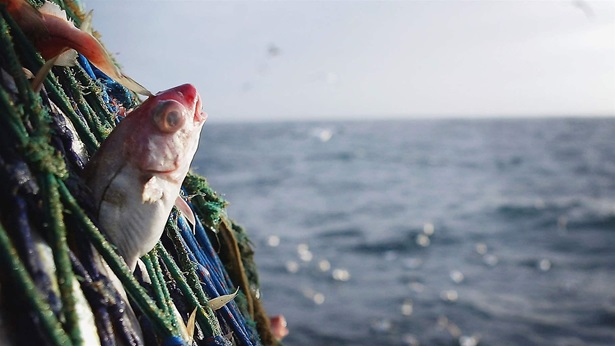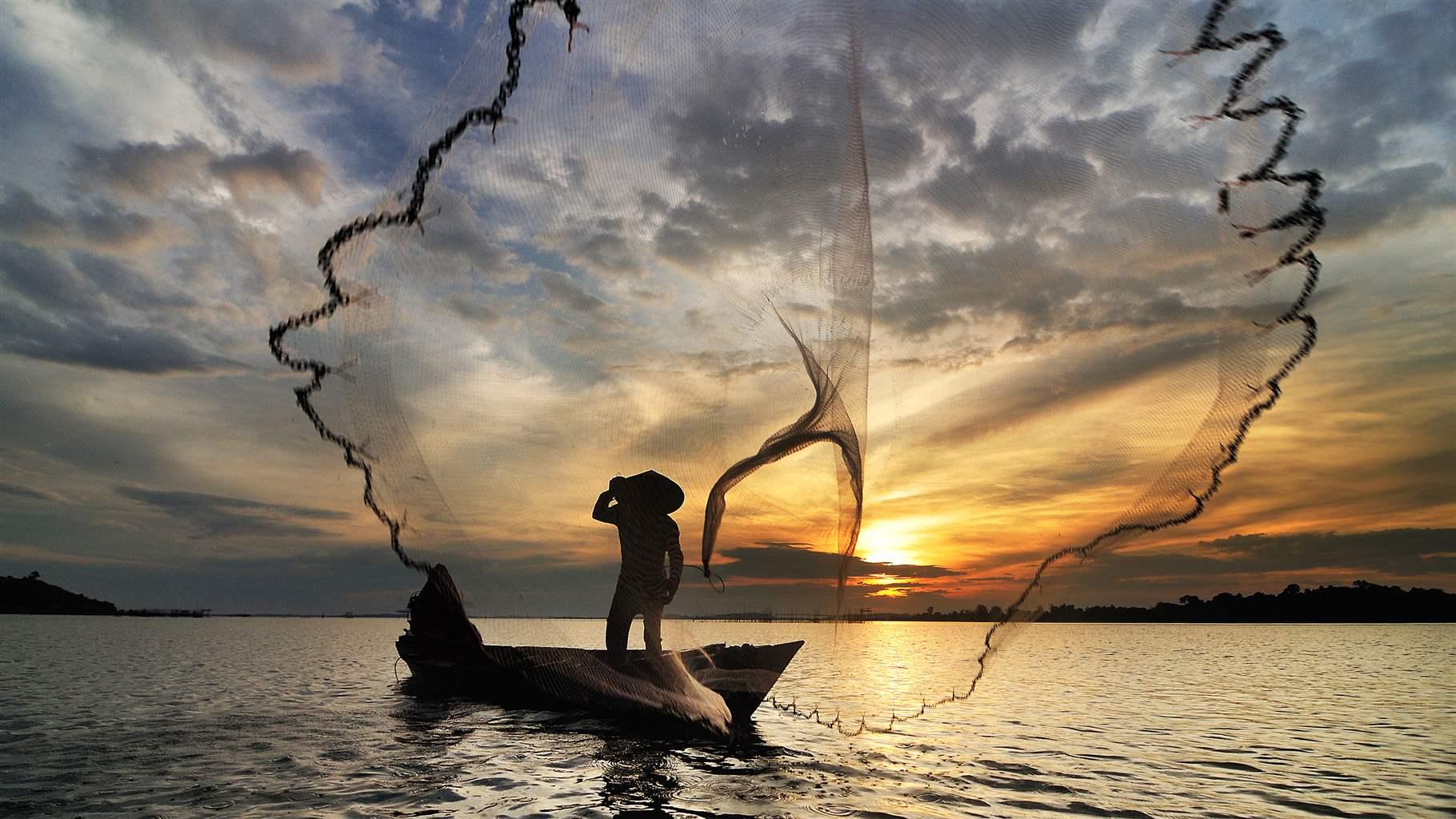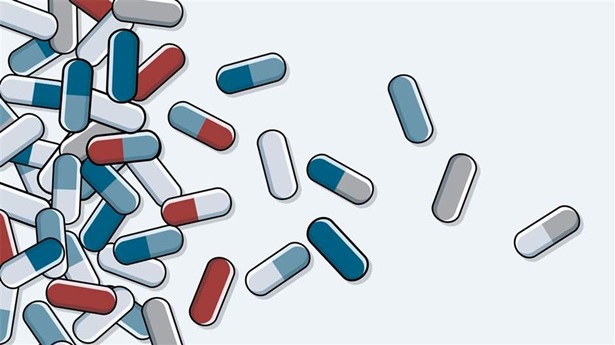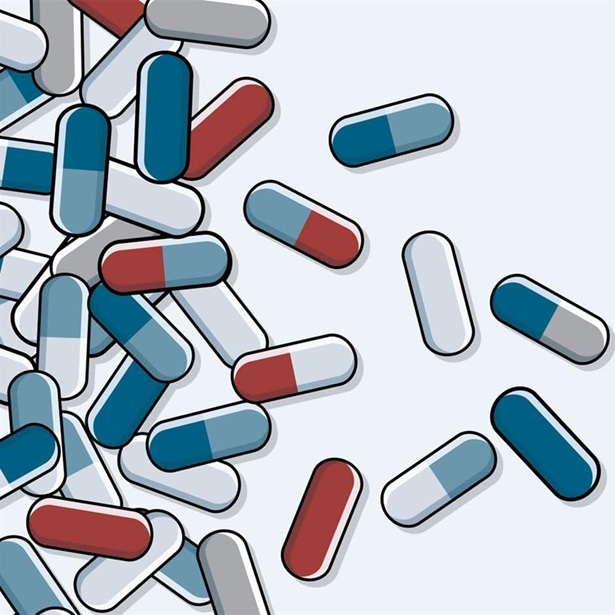The Link Between Effective Fisheries Management and Ending Harmful Subsidies
As the WTO negotiates to eliminate such aid, emerging tools and methods can help managers improve fishing oversight
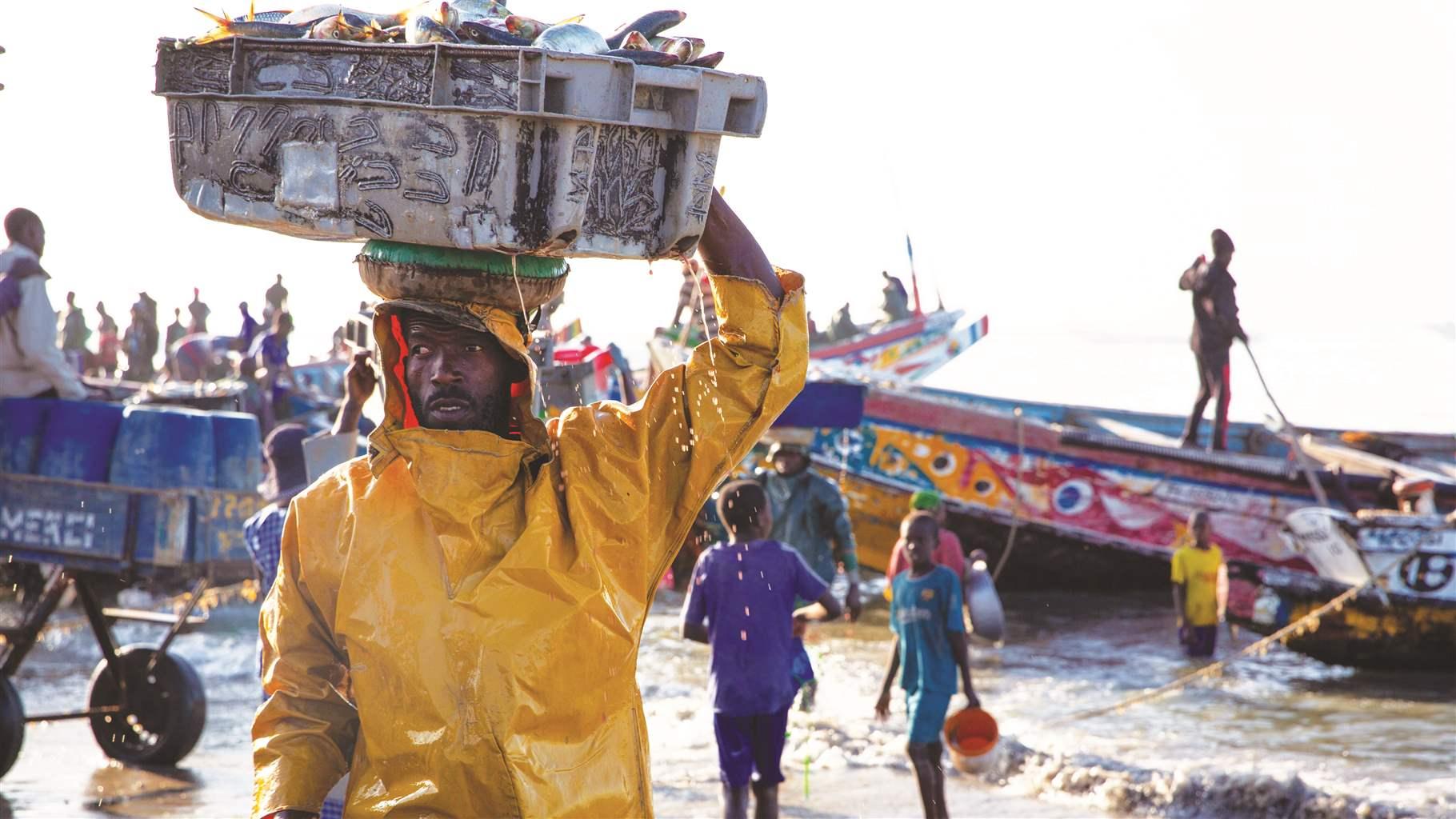
Overview
Members of the World Trade Organization (WTO) are negotiating an end to harmful fisheries subsidies that enable and encourage unsustainable fishing, and they are working to fulfill a 2017 commitment to deliver an agreement by the end of 2019.1
Specifically, they must agree on rules to prohibit certain forms of government subsidies that contribute to overcapacity and overfishing and to eliminate those that encourage illegal, unreported and unregulated (IUU) fishing. A timely agreement would mark a big step towards achieving sustainability in global fisheries that would benefit all fishing nations.
Today, harmful subsidies provide economic incentives for fishers to increase catch beyond what fish populations can sustain over the long term. Too often, these subsidies—which typically offset costs such as fuel, gear, and vessel construction—fund destructive and expensive fishing practices that would not be economically viable without government support. They undermine good management and lead to too many fish being taken from the ocean. With the world’s governments spending over $20 billion on such subsidies annually,2 these practices represent a recipe for the collapse of many fisheries.
Effective fisheries management both underpins and depends on successful subsidies reform, in part because some proposals now before the WTO would link allowable subsidies to fish stock health, and how well nations monitor their fleets.
Broadly, good fisheries management requires stock assessments based on the best available science to provide advice on appropriate catch controls. Fishing limits must be set in line with the science, as well as specific rules about use of certain fishing gears, to minimize harm to other species. Effective monitoring, control and surveillance are needed to ensure sufficient oversight of fishing vessels, and governments must have the enforcement capability and capacity necessary to deter IUU fishing and to apprehend violators.
Some nations have concerns about their ability to implement potential rules that make subsidies contingent on their management efforts, arguing that they do not have the capacity or resources to undertake full fish stock assessments or to conduct fleet monitoring and surveillance. These countries fear they could be left vulnerable to accusations that they have breached their WTO obligations.
These obstacles can be overcome. Scientists are developing new methodologies to help fishery managers assess the status of stocks with limited data, and emerging technologies make monitoring more comprehensive and affordable. This brief examines some of these tools and illustrates available options to improve the health of fisheries while ending harmful subsidies.
Improving stock evaluations when data are limited
Scientists have developed innovative ways to manage fisheries sustainably even when data collection is limited. For example, managers can set fishing limits based on annual catch or landings if that is the only data available. They may be able to refine these limits using information about the biology of a fish species or expert estimates regarding its depletion. More sophisticated versions of data-limited evaluations might incorporate other information, such as fishing intensity and effort, biological sampling data or recent assessments of similar stocks. These methods may not provide the detail offered by a full stock assessment, but they can indicate when a stock is at high risk of overfishing.
Data-limited methodologies are being used all over the world, even in places with large government agencies dedicated to fishery science and management, such as the United States. In 2015, data-rich methods supported only 30 per cent of fisheries management decisions in U.S. waters; the remaining 70 per cent required use of data-limited or data-poor methodologies.3 In the European Union, only 88 of 200 stocks were fully assessed as of 2012. That year, the International Council for the Exploration of the Sea developed a data-limited methodology to provide quantitative advice on the remaining 112 stocks.4
Tools for fisheries assessment
Fishery managers can use emerging tools to identify and apply the most appropriate data-limited assessments for their stocks.
Researchers at the University of British Columbia developed the Data-Limited Methods Toolkit (DLMtool) (https://www.datalimitedtoolkit.org), a software package that brings 85 different assessment methods together into one free, open-source platform.5 The toolkit generates guidance for managers regarding catch limits and other measures that promote sustainability and keep fish populations at healthy levels. It also can help with longer-term efforts to identify priority stocks for assessment and critical data needs.
The DLMtool website, which offers a demonstration and background materials, is designed to be user-friendly. Developers have provided trainings to fisheries managers around the globe, including a workshop series in collaboration with the United Nations Food and Agriculture Organization for managers of tuna stocks in the open ocean, the areas beyond national jurisdiction. Fisheries managers in the United States and Canada use the DLMtool to inform management decisions for some iconic and lucrative fisheries, including Atlantic mackerel, black sea bass, and yellowtail snapper,6 despite having some of the best data collection regimes in the world for these species.
A similar initiative—the Adaptive Fisheries Assessment and Management (AFAM) Toolkit (https://sfg-ucsb.github.io/afamGuidanceDocument)—was developed by the Sustainable Fisheries Group at the University of California, Santa Barbara; the Environmental Defense Fund (EDF); and Rare, a global conservation nonprofit.7 The AFAM Toolkit also deploys a free, user-friendly dashboard, available online or for download. The program guides decision makers and fishing communities through the process of fishery management, from data compilation to adaptation of management based on new information and changing circumstances.
Still other tools perform similar functions: FishPath (https://fishpath.org/Questionnaire), developed by The Nature Conservancy, guides selection of fishery management strategies through a questionnaire that looks at the economic, ecological, governance and other characteristics of the fishery.8 From EDF, The Framework for Integrated Stock and Habitat Evaluation (FISHE) (http://fishe.edf.org) from EDF guides fisheries managers through a step-by-step process towards more in-depth assessments.
Designers developed each of these tools to be used with different amounts and types of data and varying levels of technical capacity. Because they are free of charge, managers can experiment to determine which tool best suits their needs.
Frontiers in fisheries monitoring
New tools and technologies have made fisheries data collection and monitoring easier and less expensive than ever before, allowing managers to more effectively regulate fishing in their waters. Here are examples of how these tools are being applied, including three efforts to improve data collection in small-scale fisheries and one to monitor large-scale vessels worldwide.
- Abalobi: Small-scale fishers in South Africa are using their smartphones to report catch and manage their stocks. A suite of apps called Abalobi (http://abalobi.info/)—which is the word for fisher in isiXhosa, one of the languages spoken in South Africa—does more than upload where, when and how a fish was caught. It also offers fishers a portal to sell their catch before returning to port; shares current market prices; allows consumers to trace fish through the supply chain; and provides data to University of Cape Town scientists, who monitor fish stocks. The app was developed as a partnership among local fishers, the University of Cape Town, the small-scale fisheries unit in the South African Department of Agriculture, Forestry and Fisheries, and other funders.
- FAME: Futuristic Aviation and Maritime Enterprise Inc. (FAME), a company in the Philippines, has partnered with the United States Agency for International Development (USAID) to equip small-scale fishers around Mindanao in the nation’s south with transmitters to track fisheries data and promote sustainability (https://www.fameph.com/#maritime). The devices use a mobile app interface to transmit information on catch while providing at-sea connectivity that increases fishing crew safety. The USAID Oceans and Fisheries Partnership and FAME are working to explore how this technology can benefit other fishers in Southeast Asia.
- OurFish: Rare, based in Arlington, Virginia, developed OurFish to help small-scale fishing communities collect and understand data on their catch and enable better management of their fisheries (https://www.rare.org/stories/tracing-fish-and-finances). The app, which works on Android devices, links to fisher registration cards so that catch and financial information can be connected with individual fishers in a cloud-based database. Aggregated information is then shared with the broader fishing community, including managers and researchers, so it can be used to inform the management of small-scale fisheries. As of 2018, OurFish had been deployed in Honduras, Belize, Myanmar, Indonesia, and Mozambique.
- Global Fishing Watch: In addition to local fisheries management, options are emerging to improve national-level marine domain awareness as well. Oceana, SkyTruth and Google established Global Fishing Watch (GFW) in 2018 to improve the transparency of fishing activity around the world (https://globalfishingwatch.org/about-us/). GFW provides free access to near-real-time commercial fishing activity by large-scale vessels through data transmitted via automated identification systems, a standard safety feature on many large vessels. GFW has worked with national governments, such as Indonesia and Peru, to integrate other data into the platform to help managers better understand fishing activity in their waters.
Getting support
These methods and applications are all designed to improve fisheries management while lowering costs. Still, each may require technical or financial support. Several governments, multilateral institutions and non-governmental organizations have sponsored programs to help improve fisheries management. Among those are the following:
- Coastal Fisheries Initiative is a partnership of six organizations (Conservation International, the United Nations Food and Agriculture Organization, the United Nations Development Programme, UN Environment, the World Bank and the World Wildlife Federation) based around regionally focused capacity-building projects in Latin America, West Africa and Indonesia. The initiative incorporates an on-demand funding mechanism known as the Challenge Fund to mobilize private financing for sustainable management as well as a global knowledge-sharing platform.
- PROBLUE is a recently established trust fund, based at the World Bank, to support healthy and productive oceans, including effective fisheries management. Since September 2018, more than $100 million has been committed by donors such as Norway, Canada, Iceland, Germany, Sweden, Portugal, Denmark, France and the European Union.
- The Seafood Alliance for Legality and Traceability (SALT) is a global alliance for knowledge exchange and action to promote legal and sustainable fisheries through improved seafood supply chain transparency. FishWise, a nonprofit sustainable seafood consultancy based in Santa Cruz, California, is implementing the public-private partnership between USAID and the Walton Family, Packard and Moore Foundations.
- The Sustainable Ocean Fund, based at Athelia Funds, an investment management company in London, provides private debt investments in sustainable fisheries, supply chain improvement and marine conservation. The European Investment Bank and the Inter-American Development Bank have provided capital, while Conservation International and EDF have offered technical expertise and project oversight. USAID has provided a $50 million loan guarantee for the fund’s work.
- Fish for Development was established by the Norwegian Agency for Development Cooperation and is responsible for coordinating all development projects in fisheries and aquaculture supported by Norway. Under the program—which has focused on fisheries resources management, legislation, and illegal fishing and fisheries-related crime—Norwegian scientists and managers have provided trainings to counterparts around the world.
- PESCAO is a European Union-funded project to strengthen capacities for regional coordination in combating illegal fishing in West Africa. The EU has provided technical experts from the European Fisheries Control Agency to improve regional cooperation, and the project members have engaged in joint surveillance operations to identify and deter illegal fishing.
Conclusion
Programs such as those highlighted in this brief can help fishing nations, especially those with limited resources, better manage their fisheries and uphold any future WTO obligations on fisheries subsidies. All nations’ fisheries benefit from eliminating subsidies that allow fishers to travel farther, for longer time periods, bringing in catches that are not sustainable over the long term.
Endnotes
- World Trade Organization, “Fisheries Subsidies: Ministerial Declaration of 13 December 2017,” https://www.wto.org/english/thewto_e/minist_e/min_declaration_e.htm.
- U. Rashid Sumaila et al., “Global Fisheries Subsidies: An Updated Estimate,” Marine Policy 69 (2016): 189-193, http://dx.doi.org/10.1016/j.marpol.2015.12.026.
- David Newman, Jim Berkson and Lisa Suatoni, “Current Methods for Setting Catch Limits for Data-Limited Fish Stocks in the United States,” Fisheries Research 164 (2015): 86-93, https://doi.org/10.1016/j.fishres.2014.10.018.
- Will Le Quesne et al., “Data-Deficient Fisheries in EU Waters” (2013), European Parliament Directorate-General for Internal Policies, http://www.europarl.europa.eu/RegData/etudes/etudes/join/2013/495865/IPOL-PECH_ET%282013%29495865_EN.pdf.
- Thomas R. Carruthers and Adrian R. Hordyk, “The Data-Limited Methods Toolkit (DLMtool): An R Package for Informing Management of Data-Limited Populations,” Methods in Ecology and Evolution 9, no. 12 (2018): 2388-2395, https://doi.org/10.1111/2041-210X.13081.
- National Marine Fisheries Service, “Data-Limited Methods Toolkit,” https://www.datalimitedtoolkit.org/about/case-studies/nmfs/.
- Gavin McDonald et al., “An Adaptive Assessment and Management Toolkit for Data-Limited Fisheries,” Ocean and Coastal Management152 (2018): 110-119, https://doi.org/10.1016/j.ocecoaman.2017.11.015.
- Natalie A. Dowling et al., “FishPath: A Decision Support System for Assessing and Managing Data- and Capacity- Limited Fisheries,” Alaska Sea Grant, http://doi.org/10.4027/amdlfs.2016.03.


America’s Overdose Crisis
Sign up for our five-email course explaining the overdose crisis in America, the state of treatment access, and ways to improve care
Sign up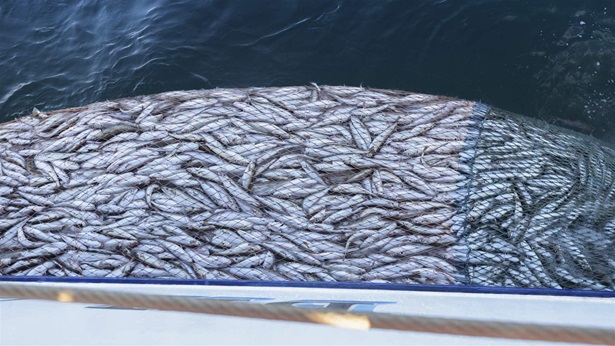
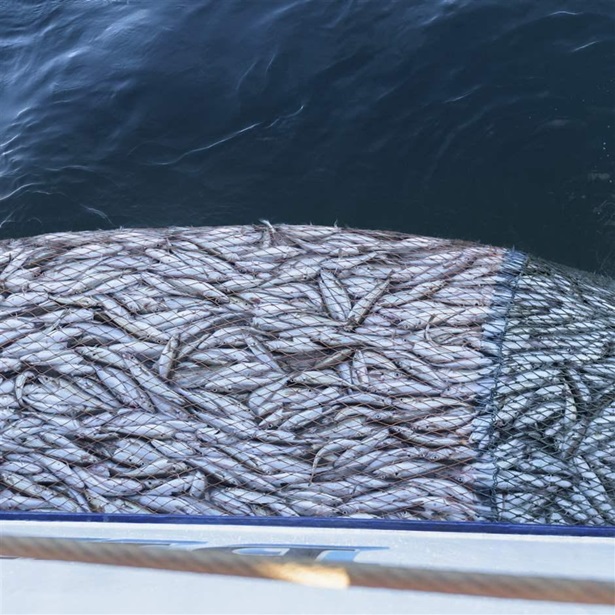
Ending Harmful Fisheries Subsidies Could Reverse Decline in Fish Stocks
